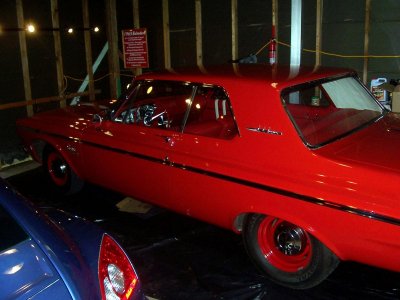69clone
Well-Known Member
Hey guys,
This has been bugging me and I don't know how to fix it. When I wet sanded my car this summer it came out like glass and clear as day. Well the day after it seemed to turn white in the clear. Almost like I left wax on it. I can rub it with my finger and it will look fine again but shortly after it turns back. I have quite a bit of these and it makes my car look like sh!t. I'm wondering if I need to take the buffer out and work on these spots or what. Has anyone had a similar problem?
Thanks,
~Nick
This has been bugging me and I don't know how to fix it. When I wet sanded my car this summer it came out like glass and clear as day. Well the day after it seemed to turn white in the clear. Almost like I left wax on it. I can rub it with my finger and it will look fine again but shortly after it turns back. I have quite a bit of these and it makes my car look like sh!t. I'm wondering if I need to take the buffer out and work on these spots or what. Has anyone had a similar problem?
Thanks,
~Nick



















